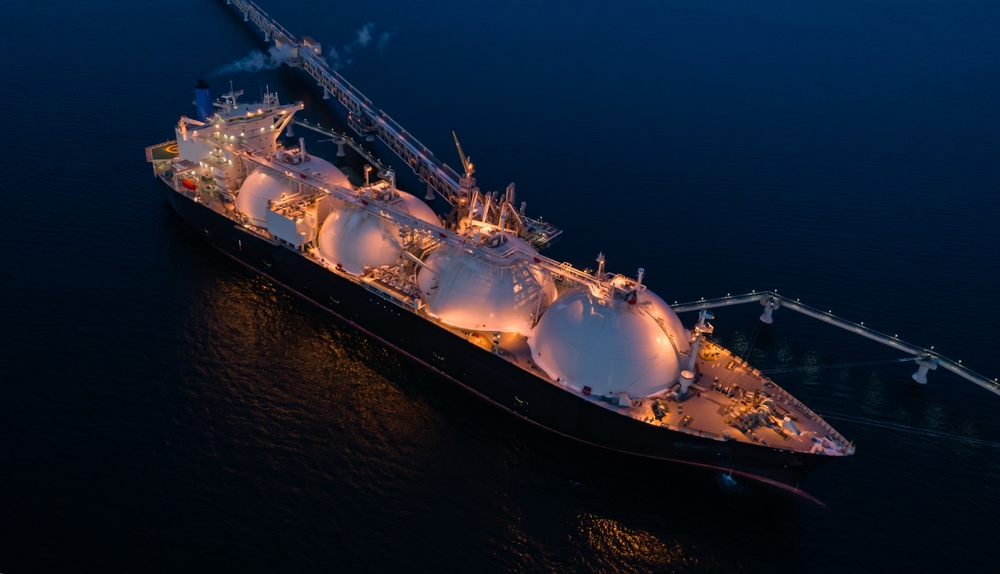
The energy sector relies heavily on liquefied natural gas (LNG) and liquefied petroleum gas (LPG), but these fuels serve distinct purposes. Here’s a 25-line breakdown of their differences and uses, with insights from Zarrin Moon’s UAE operations:
- Composition:
- LNG: Primarily methane (90%+), cooled to -162°C for liquefaction.
- LPG: Mix of propane & butane, compressed at moderate pressures.
- Production:
- LNG comes from natural gas fields, purified before liquefaction.
- LPG is a byproduct of oil refining/natural gas processing.
- Storage & Transport:
- LNG requires cryogenic tanks (supercooled).
- LPG uses pressurized cylinders (easier to handle).
- Energy Density:
- LNG: ~24 MJ/L (lower than LPG but cleaner).
- LPG: ~25 MJ/L (higher energy per volume).
- Environmental Impact:
- LNG burns cleaner (less CO₂, ideal for power plants).
- LPG emits more CO₂ but is low in particulates.
- UAE Applications:
- LNG: Fuels Dubai’s power plants (e.g., Jebel Ali Station).
- LPG: Used in industrial heating, cooking, and autogas.
- Zarrin Moon’s Role:
- Supplies LNG to UAE utilities for electricity generation.
- Distributes LPG to factories requiring precise heat control.
- Cost Comparison:
- LNG infrastructure is costly (needs specialized terminals).
- LPG is cheaper to deploy for small-scale uses.
- Safety:
- LNG is non-toxic but flammable (vaporizes quickly).
- LPG is heavier than air, requiring leak detectors.
- Future Trends:
- UAE invests in LNG for decarbonization.
- LPG remains key for off-grid energy needs.
Case Study: Zarrin Moon’s Gas Supply to UAE Power Plants
- Partnered with ADNOC to deliver LNG for peak-demand power generation.
- Custom LPG solutions for dubai’s aluminum smelters (high-purity butane).
Why Choose Us?
✔ ISO-certified LNG/LPG supplies.
✔ 24/7 logistics across GCC.
“Powering industries with the right gas solutions.”

Leave a Reply